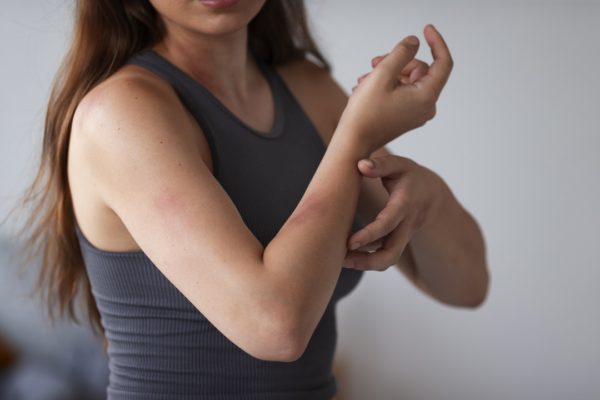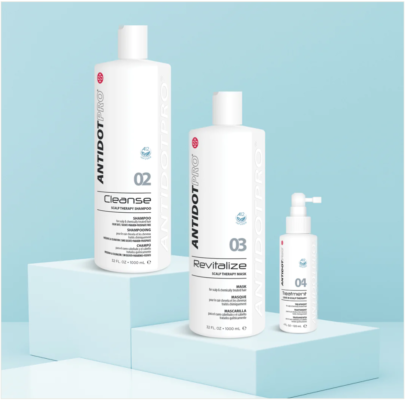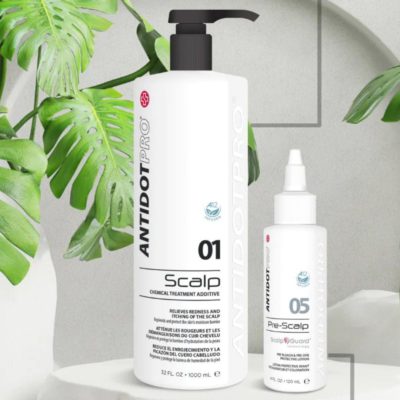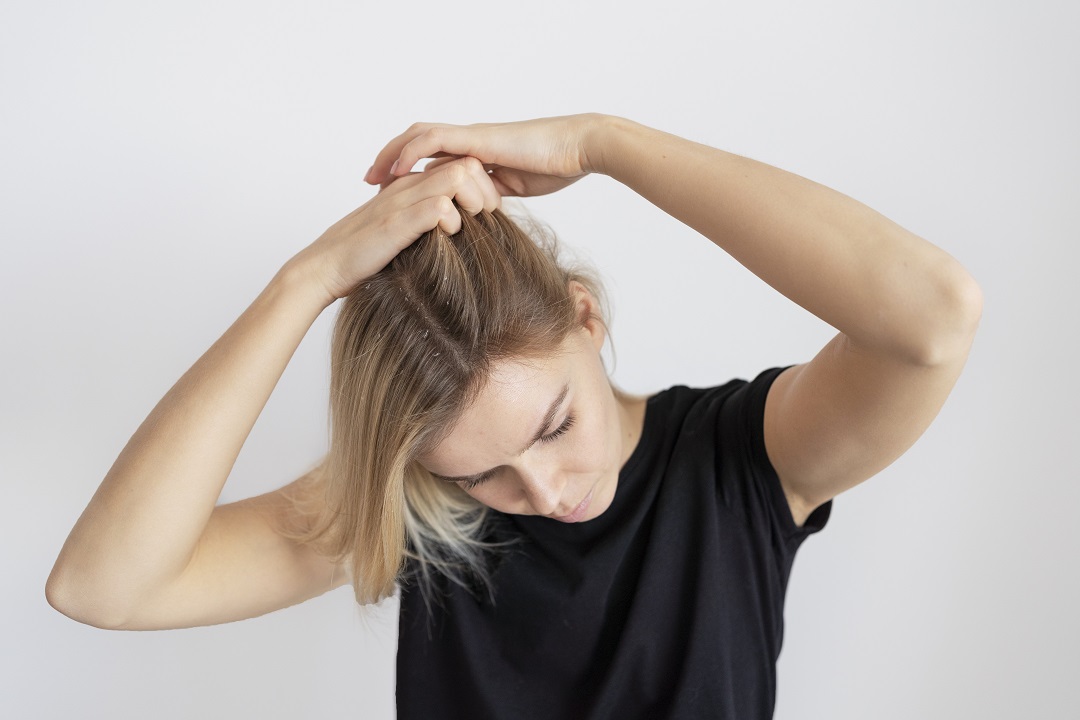有關頭髮及頭皮護理知識
Allergic Reactions and Hair Loss: Exploring the Relationship Between Contact Dermatitis and Hair Thinning
Introduction
Contact dermatitis is a common skin condition that affects millions of people worldwide, causing redness, itching, and discomfort. While many are aware of the direct effects of contact dermatitis on the scalp, few realize its potential long-term impact on hair health. Specifically, the connection between contact dermatitis and hair loss is an important issue to understand, especially for individuals who frequently use hair dye products or work in environments with potential allergens. In this article, we will explore the link between contact dermatitis and hair thinning, examining how allergic reactions on the scalp can disrupt the hair growth cycle and lead to hair loss. We will also discuss strategies for identifying and managing contact dermatitis, as well as treatment options for promoting hair regrowth. By the end of this article, readers will have a comprehensive understanding of this important topic and the knowledge needed to proactively maintain scalp and hair health.
Understanding Contact Dermatitis

Image by freepik
Contact dermatitis is a skin condition that occurs when the skin comes into contact with substances that cause irritation or an allergic reaction. There are two main types of contact dermatitis: irritant and allergic. Irritant contact dermatitis is caused by direct damage to the skin from exposure to irritating chemicals or substances, while allergic contact dermatitis results from an immune system reaction to specific allergens.
Contact dermatitis is especially common in certain professions, such as hairstylists and nurses, who are frequently exposed to potential irritants and allergens. Common symptoms of contact dermatitis on the scalp include redness, itching, flaking, and, in severe cases, blistering and oozing. The severity of these symptoms depends on individual sensitivity to the triggering substance and the duration of exposure. Notably, while anyone can develop contact dermatitis, individuals with a history of allergies, asthma, or eczema may be more susceptible. Understanding the causes and risk factors associated with contact dermatitis is crucial for effective prevention and management of this condition.
The Link Between Contact Dermatitis and Hair Loss
Contact dermatitis can significantly affect hair health and, in some cases, lead to hair thinning or loss. When the scalp becomes inflamed due to exposure to irritants or allergens, it can disrupt the normal hair growth cycle and damage hair follicles. Repeated exposure to these sensitizing substances can result in chronic inflammation, exacerbating the problem and potentially causing permanent hair loss.
One common culprit in hair loss associated with contact dermatitis is hair dye, particularly those containing para-phenylenediamine (PPD). PPD is a frequent allergen found in many hair dyes and can trigger severe allergic reactions in some individuals. Other hair products, such as shampoos, conditioners, and styling agents, may also contain potential irritants or allergens that could cause contact dermatitis and contribute to hair loss. Understanding the connection between contact dermatitis and hair loss is essential for individuals experiencing scalp irritation or hair thinning. By identifying potential allergens and taking steps to manage the condition, individuals can help prevent further damage to their hair follicles and promote healthy hair growth.
Identifying and Managing Contact Dermatitis
Identifying the specific allergens or irritants causing contact dermatitis is critical for effectively managing the condition and preventing further hair loss. Dermatologists can help pinpoint potential triggers by taking a detailed medical history, identifying exposure to specific hair products, environmental factors, or occupational hazards. Patch testing is another valuable diagnostic tool for contact dermatitis, involving the application of small amounts of suspected allergens to the skin to monitor for reactions.
Once the allergen is identified, the next step is to avoid or minimize exposure. This may involve switching to gentler, hypoallergenic products, using protective measures such as gloves when handling potential irritants, and making lifestyle or occupational changes if necessary. In addition to avoidance strategies, managing contact dermatitis may require medical treatment. Topical corticosteroids can help reduce inflammation and relieve symptoms such as itching and redness.
Maintaining a healthy scalp environment is key to preventing future flare-ups of contact dermatitis and minimizing the risk of hair loss.


AntidotPro products effectively resolve allergens and fundamentally address allergic issues and contact dermatitis
Treatment Options and Promoting Hair Regrowth
In addition to avoiding triggers and medical interventions for treating contact dermatitis, several treatment options can promote hair regrowth and restore scalp health. Topical and oral medications play a critical role in reducing inflammation and allowing the scalp to heal. Corticosteroids, both topical and oral, are commonly prescribed to control immune system responses and alleviate symptoms such as itching and redness.
Once the scalp has had sufficient time to recover from contact dermatitis-induced irritation, attention can shift to promoting hair regrowth. One approach is incorporating nutrient supplements, such as biotin or other vitamins and minerals known to support healthy hair growth, into daily routines. Scalp massages can also be beneficial, as they increase blood circulation to the hair follicles and promote relaxation.
When selecting hair care products during the recovery period, it is crucial to choose gentle, hypoallergenic formulations that do not contain potential irritants or allergens. Opting for products specifically designed for sensitive scalps can help minimize the risk of further irritation and support the healing process.
Conclusion
Contact dermatitis and its potential impact on hair health is an important concern, particularly for individuals who frequently use hair products or work in high-risk professions involving exposure to irritants and allergens. By understanding the relationship between contact dermatitis and hair loss, as well as the strategies for identifying, managing, and treating the condition, individuals can take proactive steps to maintain the health of their scalp and hair.
For those experiencing severe or persistent symptoms, seeking advice from a dermatologist is essential, as they can provide personalized guidance and treatment options. With the right approach and care, contact dermatitis can be effectively managed, hair regrowth can be promoted, and the overall health and appearance of the hair can be restored. By prioritizing scalp health and paying attention to potential allergens, individuals can enjoy healthy, full hair while avoiding the discomfort and distress associated with contact dermatitis-related hair loss.


 繁體中文
繁體中文 简体中文
简体中文